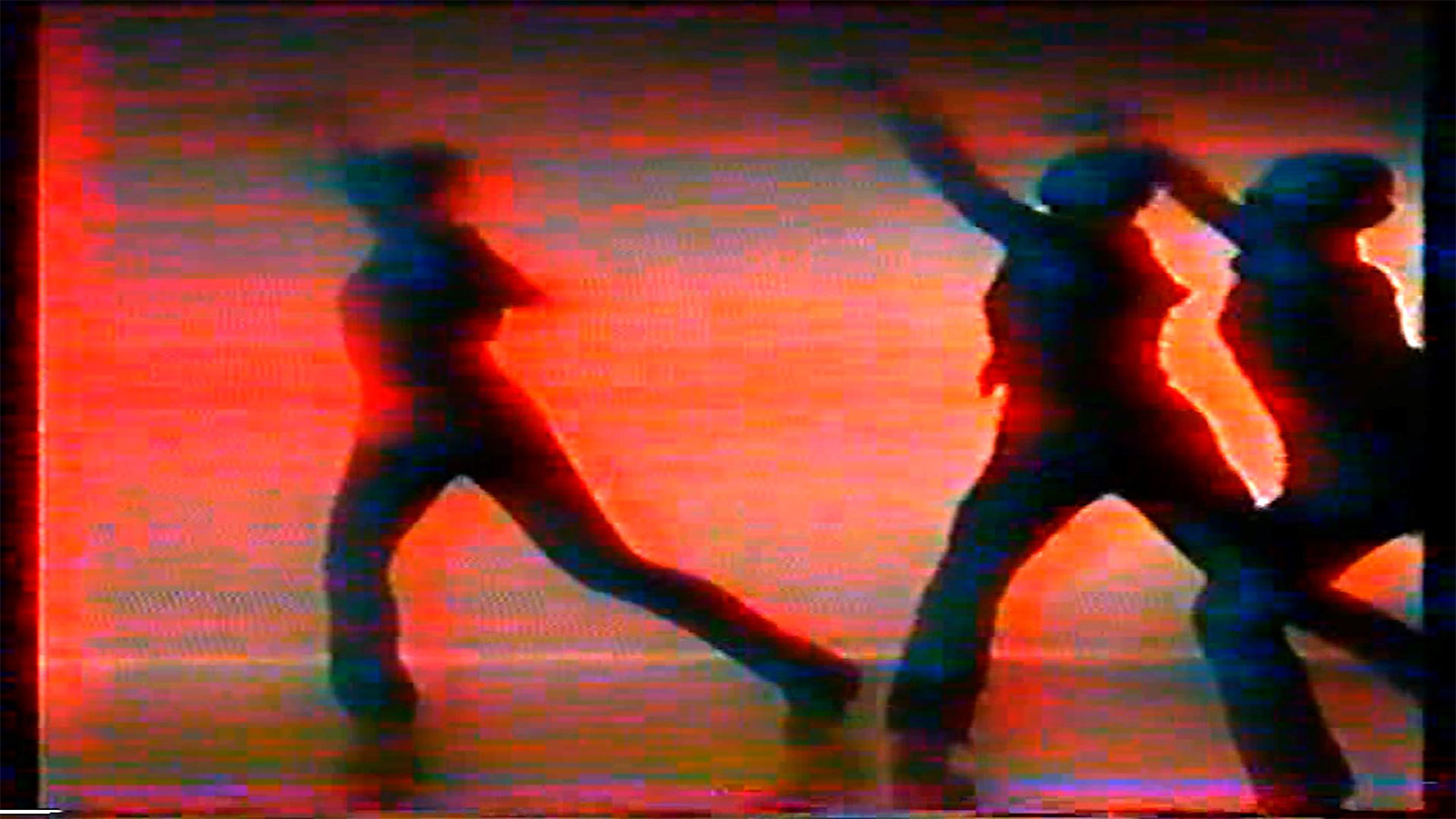
Hannah Perry’s dynamic installations explore the entangled relationship between labour, mental health, and physical endurance. The British artist is now showing ‘Manual Labour’ at Baltic in Gateshead, utilising industrial materials to draw parallels between factory work and the experience of motherhood.
The installation is made of five parts, which operate in relation to one another. It includes a 15-minute film shown on an expansive 6m screen, which is curved to mimic the shape of a diaphragm; 16 speakers emitting a surround-sound piece; and two hydraulic sculptural parts in the shape of pelvic bones that move together forcefully.
Hannah Perry presents ‘Manual Labour'
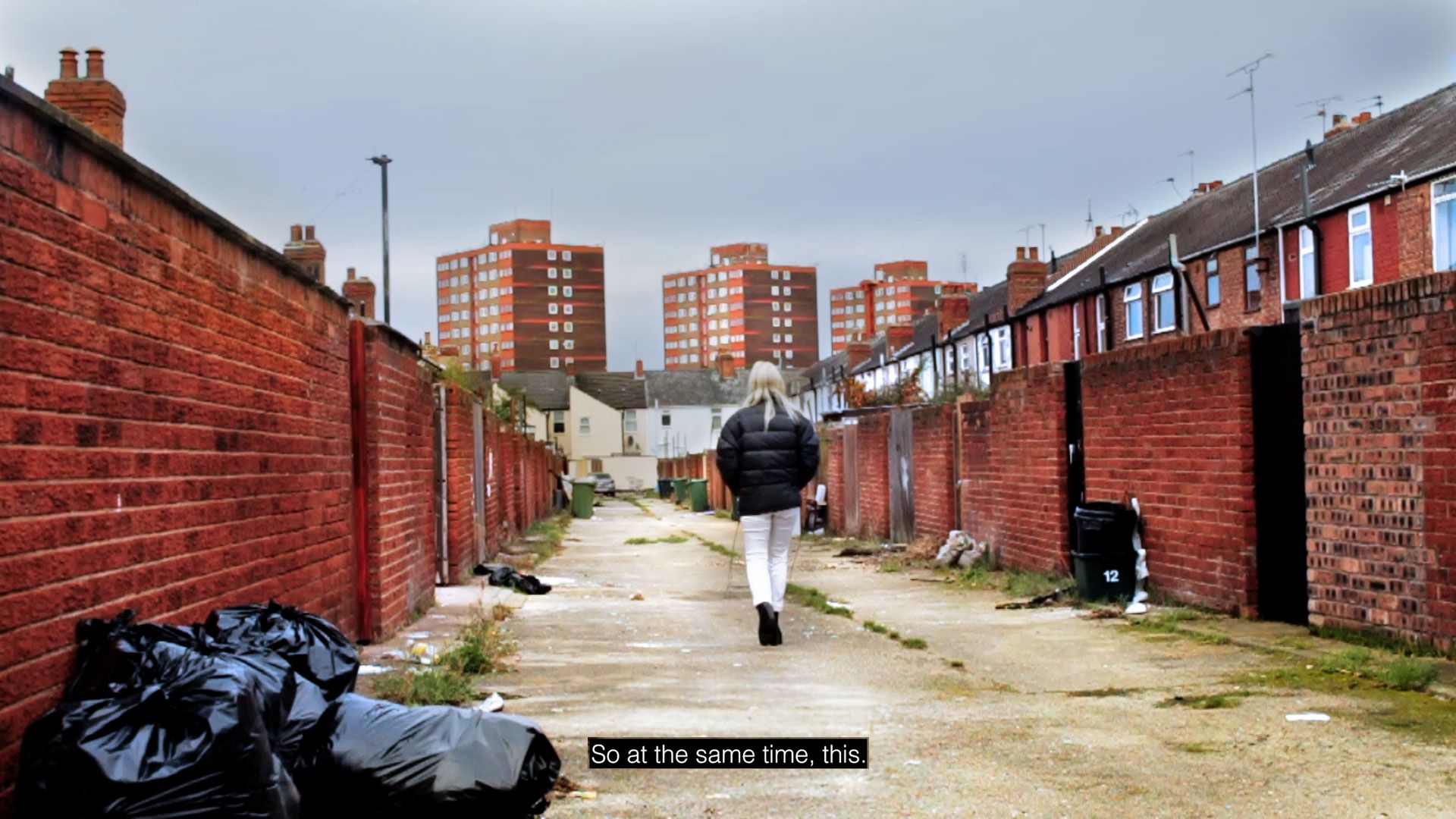
'I’m really focusing on the interactions between mental health, motherhood and class,' the artist tells me, when we speak ahead of the show opening. She has long focused on the emotional toll of our fast-paced contemporary world, which often de-centres human wellbeing.
Her 2018 installation Gush, at London’s Somerset House, was a deeply emotional exploration of the impact of grief and trauma, following the suicide of her friend and collaborator Pete Morrow. Similarly, Manual Labour brings together personal experiences and universal social issues.
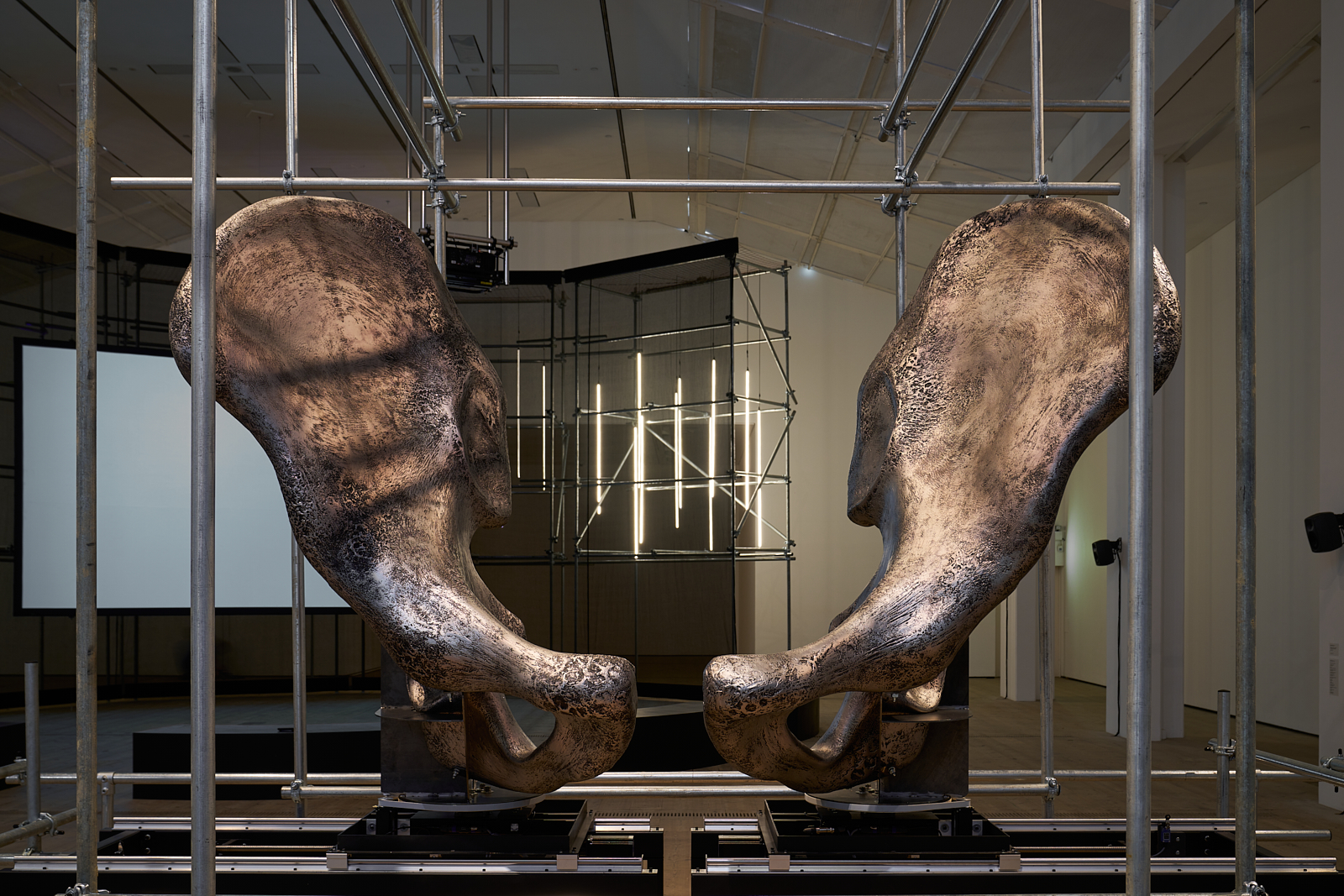
'The hydraulic pelvis riffs on my older concepts of physical limitations and bodily violences,' she says. 'It’s about physical tensions, or being pushed to our limits, which is always connected with our mental capacities. Previous performance works, like Gush, have pushed the dancers to their limits.
‘In this show, I’m interested in where that idea intersects with the creative or destructive parts of giving birth. The other element in there is connected to social pressures. If your resources are limited, pregnancy and motherhood look very different. There is this historical demonisation of working-class women having lots of children. I find these particular intersections very interesting.'
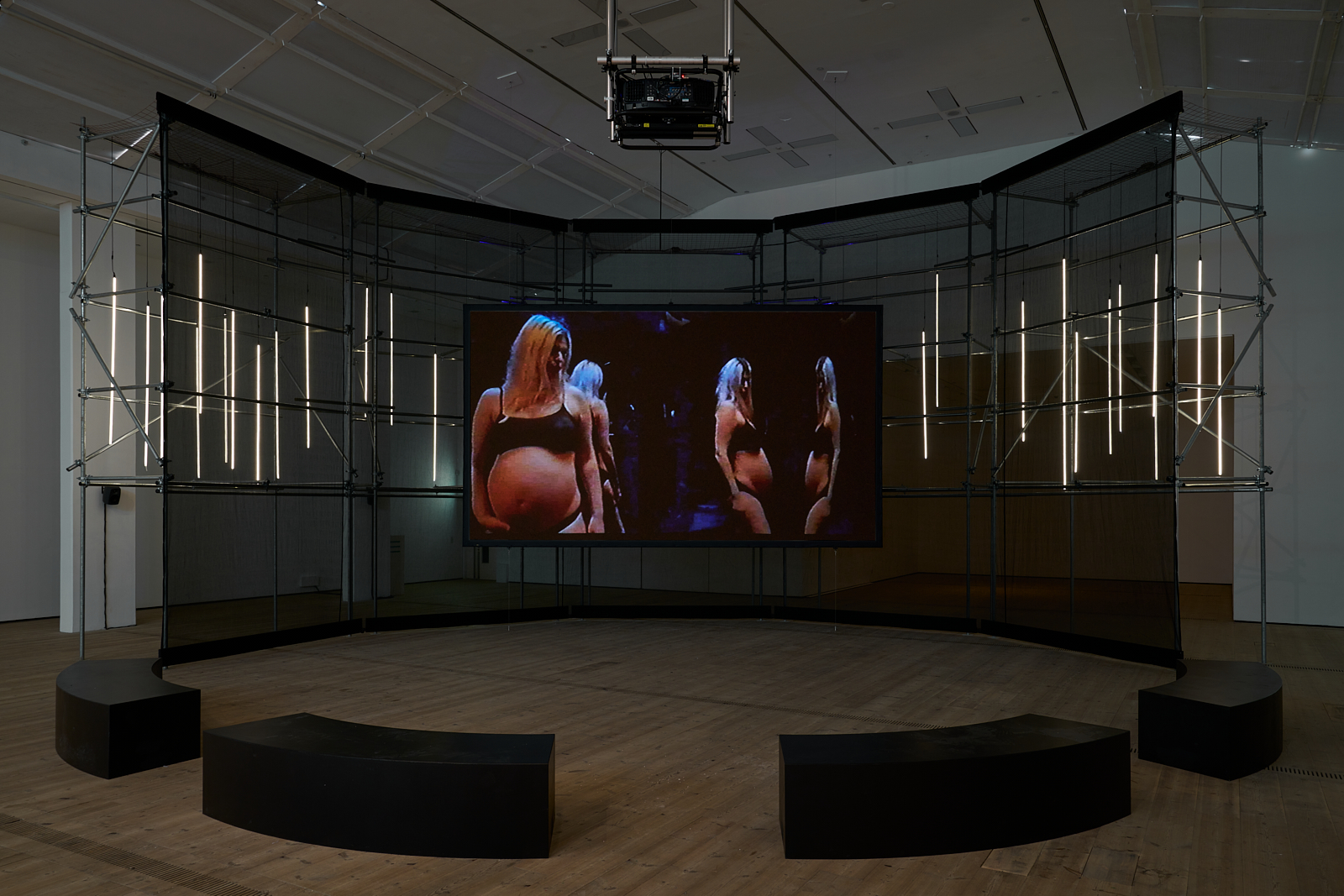
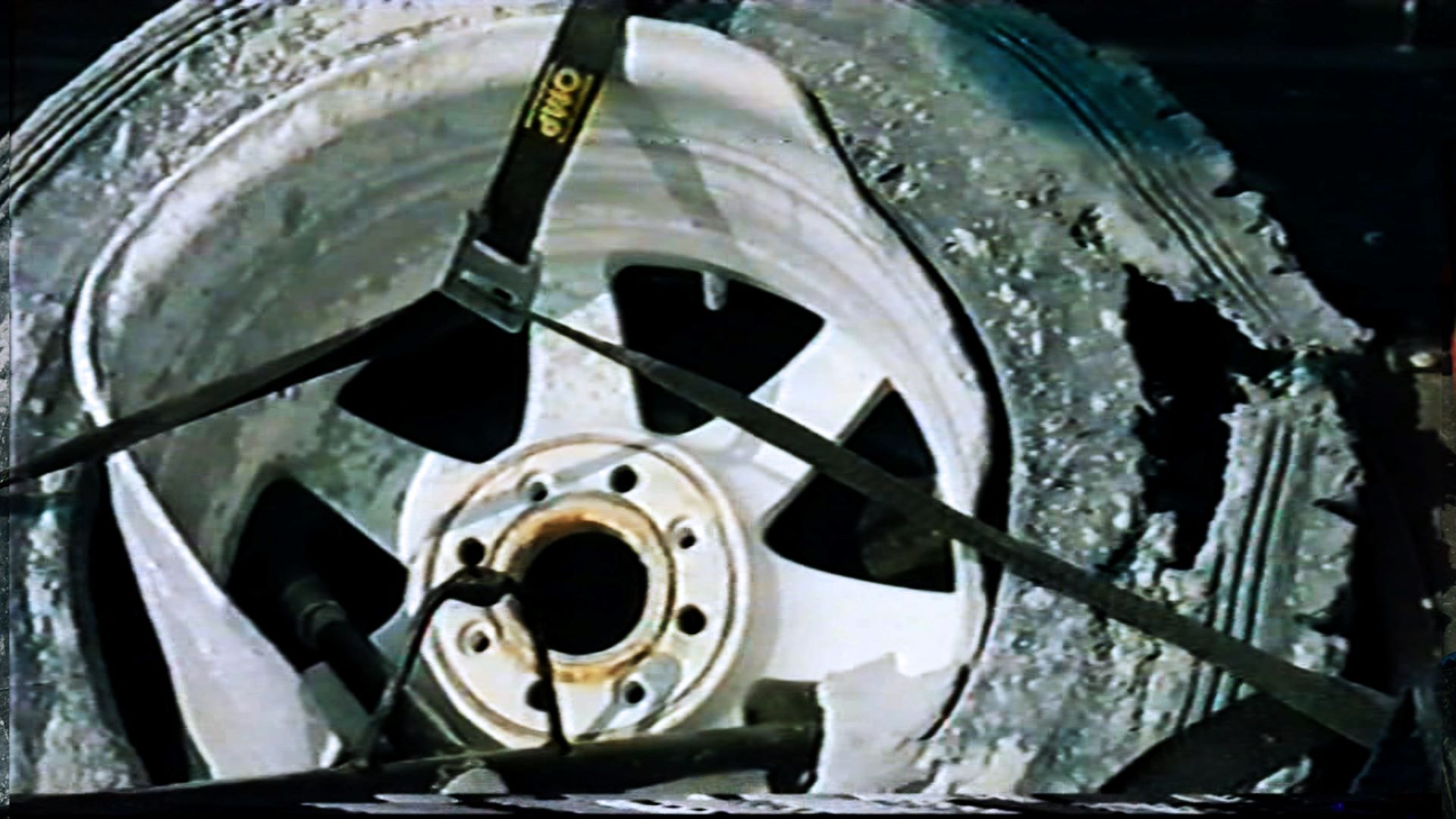
The hydraulic sculpture includes steel and shock absorbers, bringing the weighty forms of factory floors together with the physical toil of birth. These parts are powerful and robust, evoking the might of the human body when pushed to its edge but also the intense pressure that it is expected to withstand.
The video piece takes visitors inside a Serbian titanium factory, the largest of its kind in the world. It also features footage from a shoot in London, in which the artist at nine-months pregnant stood amongst a 360-degree set-up of mirrors. 'In the factory, there is this large, really aggressive machinery,' she says. 'There’s all this crashing, crushing, and traumatising the metal. Titanium is the strongest metal there is and it goes through all these processes. The working conditions are very tough, in these really hot rooms. In the work, this is offset against the pregnant body.'
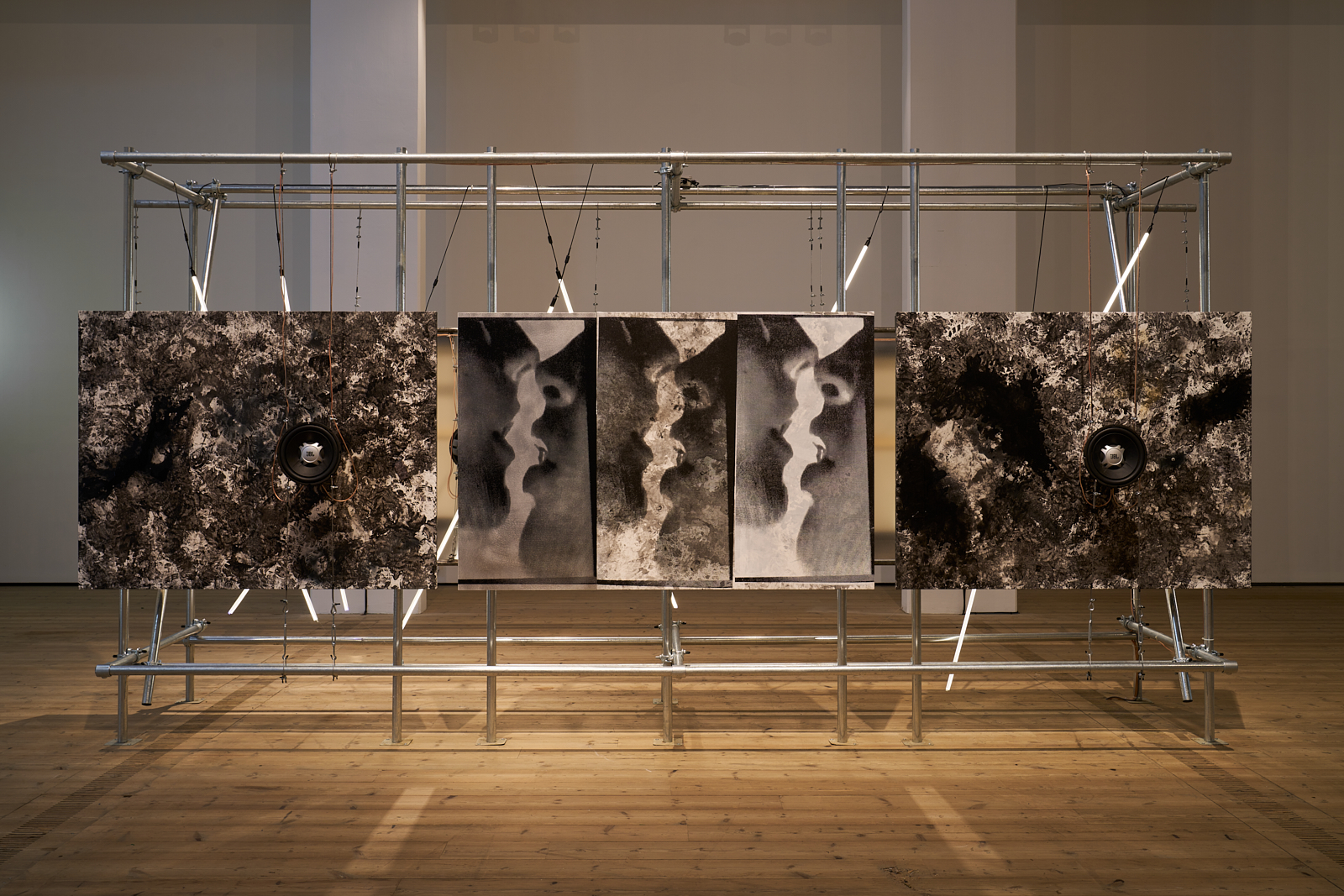
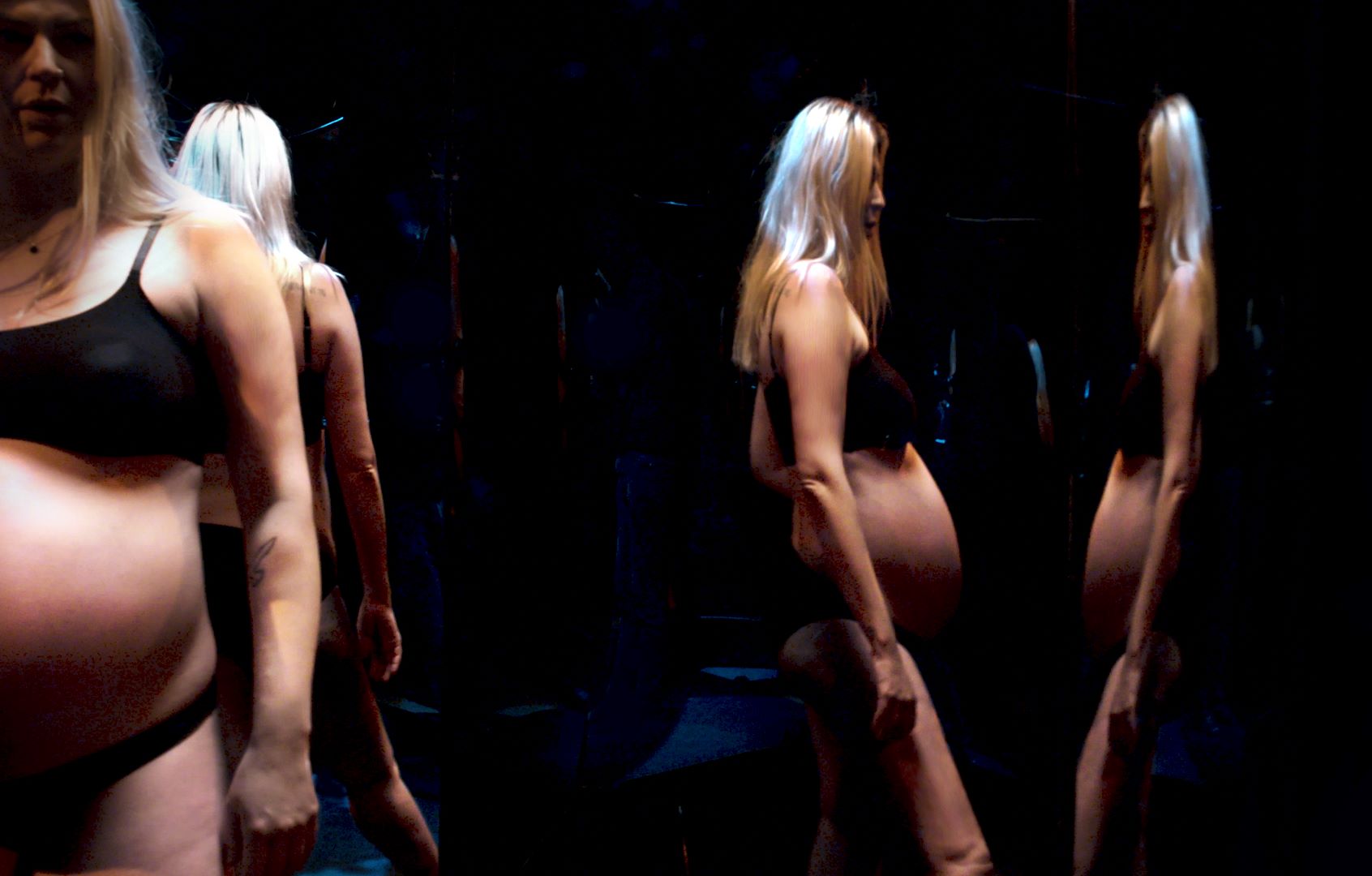
Factory labour, like birth and early motherhood, tends to happen out of sight. We might see the final result of the factory-made item and think little of the work that went into it.
Similarly, the physical and emotional realities of motherhood have often remained a taboo subject, left largely unseen and therefore undervalued. In this work, Perry wrestles with the trap of domestic labour.
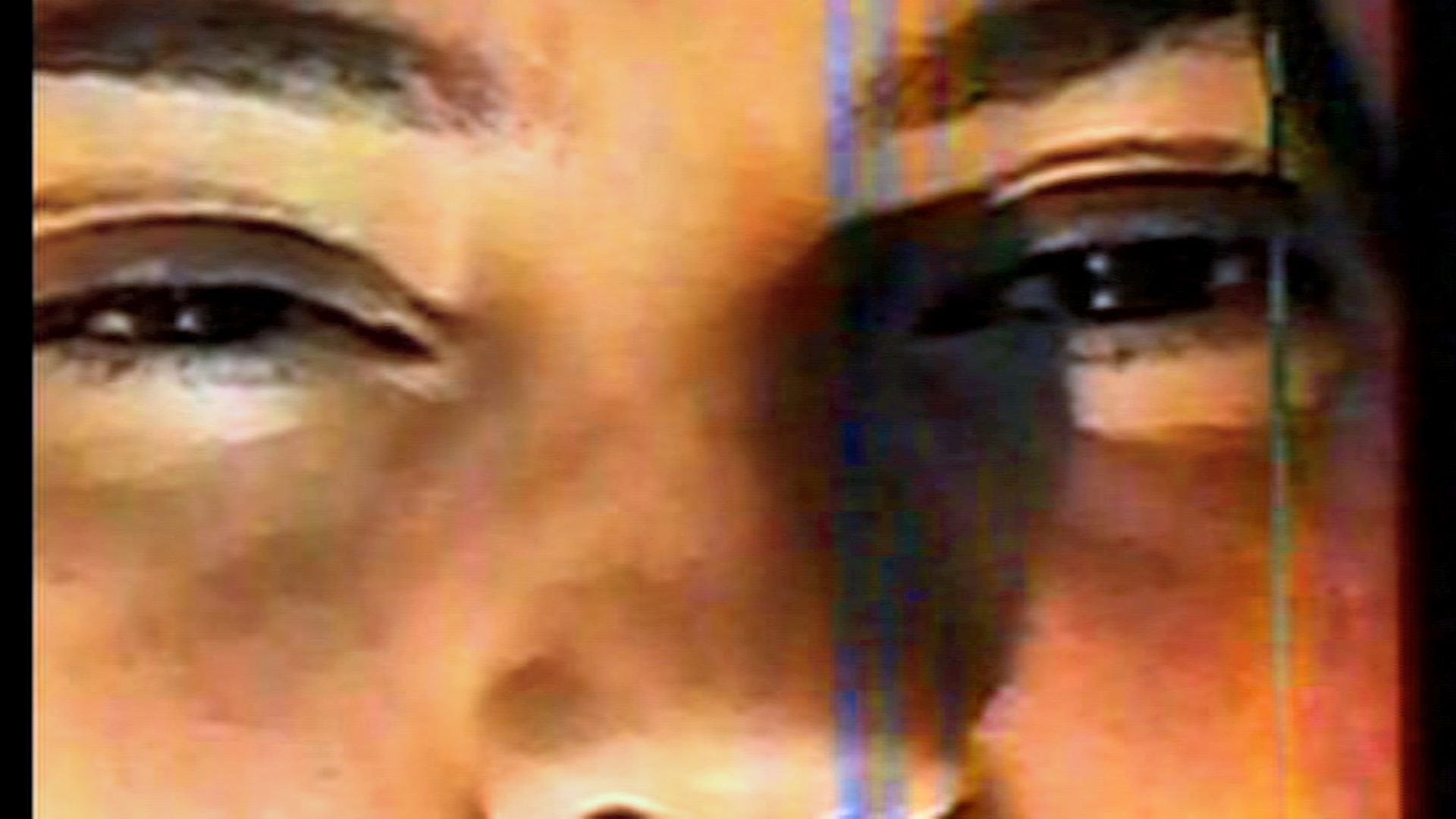
'When I was on some kind of maternity leave, I felt like I didn’t value my role in the home,' she considers. 'I valued my self and economic worth in the male-dominated professional world more.
‘As women we should be able to do it all, but that brings with it a lot of pressure; physically and mentally you do need this grace period to recover after giving birth. We’ve worked hard to get out of this prescribed role of domesticity but it’s now kind of come full circle in that it can be difficult to value that labour at all.'

Perry’s work does not offer simple answers, but highlights the messily entangled nature of labour with so many other social and bodily concerns. She shows the human form as both tough and traumatised, its energy often lost to a world that makes little distinction between the worth of human life and economic gain.
‘Hannah Perry, Manual Labour’ is at the Baltic Centre for Contemporary Art, Gateshead, UK, until 16 March 2025 baltic.art







